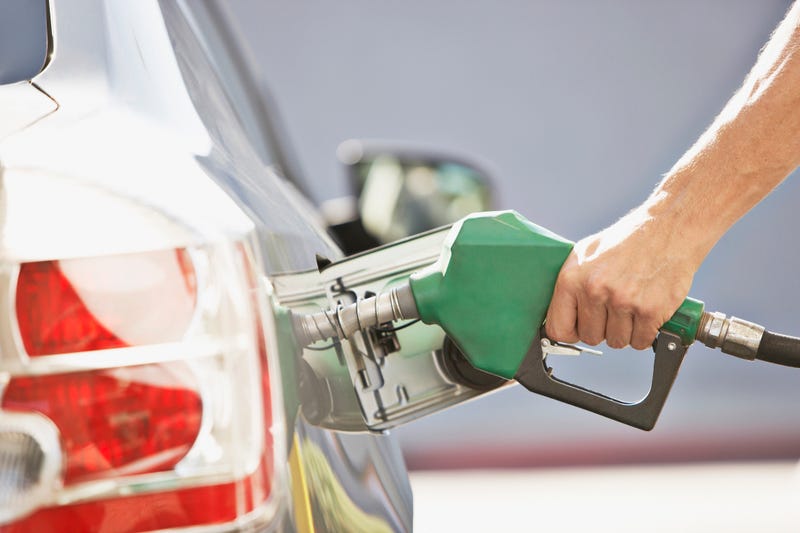
Around this time last year, gas cost around $2.20 on average.
As of Oct. 4, gas prices had risen to $3.20 per gallon – a price that hasn’t been seen since October 2014 – said an American Automobile Association press release. Why are the prices going up?
According to AAA, the reason for the increase can most likely be traced back to a slight uptick in demand as COVID-19 pandemic restrictions lifted and the high price ($73 per barrel) of crude oil.
“Global economic uncertainty and supply chain concerns caused by the lingering COVID-19 pandemic could be playing a role in keeping crude oil prices elevated,” said Andrew Gross, AAA spokesperson. “But, there may be some relief on the horizon due to the news that OPEC and its allies might ramp up production increases faster than previously agreed.”
OPEC is an intergovernmental organization of 13 oil-exporting nations that coordinates and unifies petroleum policies. According to CNBC, OPEC decided Monday to stick to an existing schedule for output of 400,000 barrels per day.
New data from the Energy Information Administration indicates that total domestic gasoline stocks increased slightly last week, said AAA. Gasoline demand also rose.
However, according to the EIA, oil and natural gas production was lower than pre-pandemic levels from 2019. That is what kept crude oil prices high.
Areas hit hardest by the price jump this week include Ohio, Arizona, North Carolina, Illinois, Missouri, Washington D.C., Kanas, Virginia, West Virginia and Iowa. Overall, the most expensive markets for gas are California, Hawaii, Nevada, Washington, Idaho, Oregon, Utah, Alaska, Colorado and Wyoming.
In California, where the average price is $4.42, prices in Mono County, have topped $5, said CNBC.


